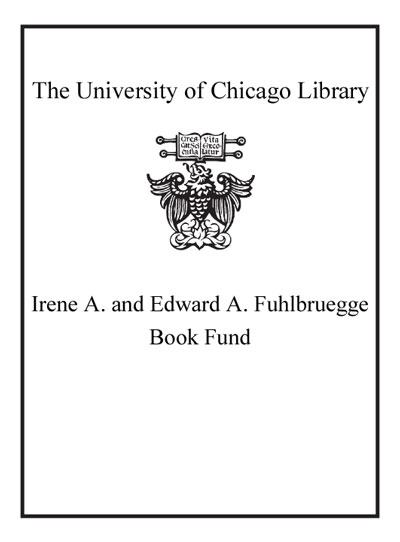Review by Choice Review
Former field secretary to the Student Non-Violent Coordinating Committee (1962-67), Cobb has produced a guide to the landmark sites of the Civil Rights Movement that at times is more of a travel memoir, particularly as he describes the places where civil rights workers fought, bled, and sometimes died in the fight for freedom. In presenting this guide, Cobb had two primary goals: to relate important stories of the movement, particularly how grassroots organization effected change in various communities throughout the South; and to provide a guide to some (but not all) of the significant sites associated with civil rights from the 1940s through the 1960s. Cobb's journey begins in Washington, DC, and leads through Maryland into Virginia, the Carolinas, and finally the Deep South. The final chapter appropriately takes readers to Tennessee, the site of the assassination of Martin Luther King Jr. Throughout each chapter, Cobb develops a guided tour of the state's landmarks, limited to three to four cities/towns, interwoven with his historical narrative. An epilogue considers some additional important sites not included in the book's main chapters. For the purposes of trip planning, one would certainly require additional resources like the National Park Service's We Shall Overcome: Historic Places of the Civil Rights Movement (CH, Jun'05, 42-5646) for information on specific locations, hours, and contact information. Cobb's work, however, provides a look at these sites through the eyes of a movement insider, a perspective not likely found in popular guides. Summing Up: Recommended. Lower- and upper-level undergraduates, general readers. L. K. Speer Southeast Missouri State University
Copyright American Library Association, used with permission.
Review by Library Journal Review
Part history, part travel guide, this book focuses mostly on the South and the civil rights struggle in the 1940s, 1950s, and 1960s. Cobb (coauthor, Radical Equations) begins in the U.S. capital and works his way to sites in North Carolina and Alabama, where pioneers of the movement marched, met in churches, and sat in at lunch counters. (c) Copyright 2010. Library Journals LLC, a wholly owned subsidiary of Media Source, Inc. No redistribution permitted.
(c) Copyright Library Journals LLC, a wholly owned subsidiary of Media Source, Inc. No redistribution permitted.
Review by Kirkus Book Review
A vade mecum for students of recent history, seeking to comprehend the last century's ongoing struggle for civil rights for all citizens. There are maps to the homes of the stars, rock-'n'-roll itineraries, compendia of haunted houses, but, until now, few historically minded guidebooks to the principal sites of the Civil Rights movement. Cobb, a veteran of the Student Nonviolent Coordinating Committee (SNCC) and a longtime journalist, provides a compelling atlas. He begins in Washington, D.C., noting that the sculpture of Martin Luther King Jr. is "the only one of a black person in the [Capitol] rotunda," while a handful of other African-Americans are represented elsewhere in the building. Not far away, he points out, is the headquarters of the National Council of Negro Women (NCNW), purchased in 2002 courtesy of Oprah Winfrey, Don King and other big-ticket donors. The organization's president, Dorothy I. Height, proudly observed of the building's Pennsylvania Avenue address, "No American president will be inaugurated without getting past our house!" Outside the capital city, Cobb traces the origins of the 1947 Journey of Reconciliation and the 1961 Freedom Rides. Elsewhere in southern Virginia, in Danville, the "Last Capital of the Confederacy," he documents a 1963 protest broken by anti-insurrectionist slavery-era laws. He calls on Arthur Ashe's statue in Richmond, alongside monuments to the chief rebel leaders. Traveling deeper into the South, he pays his respects to the veterans of lunch-counter sit-ins in Greensboro, Raleigh and Durham, N.C.; honors the victims of the Sixteenth Street Baptist Church bombing of 1963, four young women who would now be in their 60s; and wonders why it is that Tennessee, so central in the movement's history, "hardly comes to mind when the words civil rights struggle are uttered." "You cannot understand the United States without grappling with race and the civil rights struggle," writes Cobb. He's right, and his book makes a valuable contribution. Copyright ©Kirkus Reviews, used with permission.
Copyright (c) Kirkus Reviews, used with permission.
Review by Choice Review
Review by Library Journal Review
Review by Kirkus Book Review

